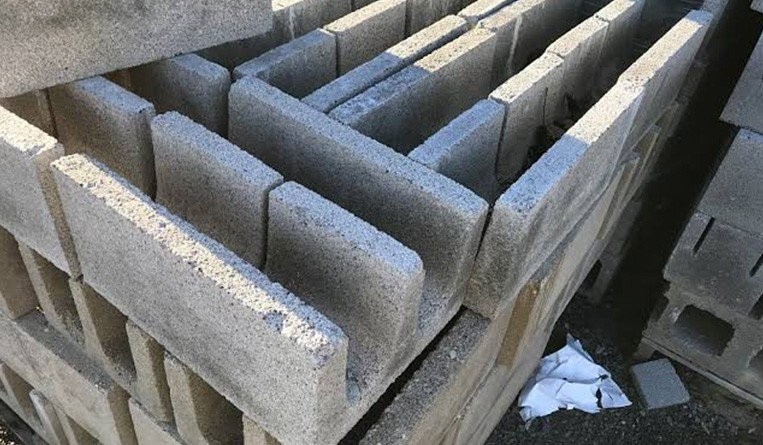Evaluating Whether a Design Patent Application is New
28 November 2012

When an applicant claims that its product design is new and not similar or not substantially identical to any known product designs, how can we make a decision regarding whether or not the two product designs are truly different or similar? Each jurisdiction may have different practices to weigh the differences between two product designs. The decision described below provides significant insight into the reasoning used by the Thai Board of Patents when rejecting a design patent application.
As a global standard, to be patentable the product design must be new. According to the Thai Patent Act 1999, as amended by the Patent Act 2002, the product design is novel if it does not fall within one of the following categories:
(1) A design widely known or used by others in Thailand before the filing of the application for a patent;
(2) A design which was disclosed or described in Thailand or a foreign country before the filing of the application for a patent;
(3) A design which was published before the filing of the application for a patent;
(4) Any design so nearly resembling any of the designs prescribed in (1), (2), or (3) as to be an imitation.
The evaluation of the criteria described above is demonstrated by the following case study.
On December 3, 2004, Finix SDS Co filed design patent application number 0402003319 for “Bricks” (Finix’s design). The application was published in the Thai Patent Gazette on April 20, 2006, bearing publication number 77060. The 90-day opposition period expired without any oppositions having been filed against the application.
However, after the Examiner completed the novelty examination for Finix’s design, a Notification to dismiss this design was issued. The Examiner found that Finix’s design was similar to design patent application number 047481 (patent number 12643) for “Bricks,” which was published on January 17, 2001, and allocated Publication No. 42455.
The examination result for Finix’s design accompanied by its drawing and a drawing of the cited design are provided above:
Upon receipt of the Notification, the applicant filed an appeal petition with the Board of Patents to overcome the Director-General’s decision. The applicant claimed that its design for “Bricks” is different from the prior art based on four aspects. Firstly, Finix’s design has a semicircle groove, but the prior art has a square groove, which is easy to use for building. Secondly, the size of Finix’s design is much longer than the prior art. Moreover, Finix’s design has a hollow canal, whereas the prior art is solid. Lastly, Finix’s design is thin, whereas that of the prior art is thick.
The Board of Patents compared Finix’s design to the prior art and determined that Finix’s design has a rectangular shape which is solid and thus is the same as the prior art. The difference between the semicircle groove of Finix’s design and the square groove of the prior art, as well as the difference of their thickness, is not distinguishable. When examining Finix’s design as a whole, it is similar to the prior art, and it is considered to lack novelty. The Board of Patents further stated that the shape of Finix’s design is rectangular, which was widely used and known in the construction field prior to the filing of the design.
Based on this fact, the Board of Patents was in agreement with the Director-General’s decision and dismissed the appeal petition accordingly.
In sum, these two designs were different in size, but the whole structure looked the same. The difference of the square groove and the semicircle groove was not sufficient for Finix’s design to be patented. This decision can be set as a standard used by the Thai Examiner and the Thai Board of Patents to determine whether or not aproposed design is similar or substantially identical to other known designs. Potential foreign applicants for design patents should take note of this decision on novelty by the Board of Patents before filing their applications or perhaps even before sketching their new designs in order to comply with the Thai patent law standard.
| Different Embodiment | Similar/Identical Embodiment |
|
4.1.1 Finix’s design has a semicircle groove, but the prior art has a square bed
4.1.2 The depth of Finix’s design is thinner and the sectional area is longer than those of the prior art
|
4.2.1 Both “Bricks” designs are in rectangular shape
4.2.2. Both “Bricks” designs have similar sectional area
4.2.3 Both “Bricks” designs have a long groove on the sides of the brick
|







